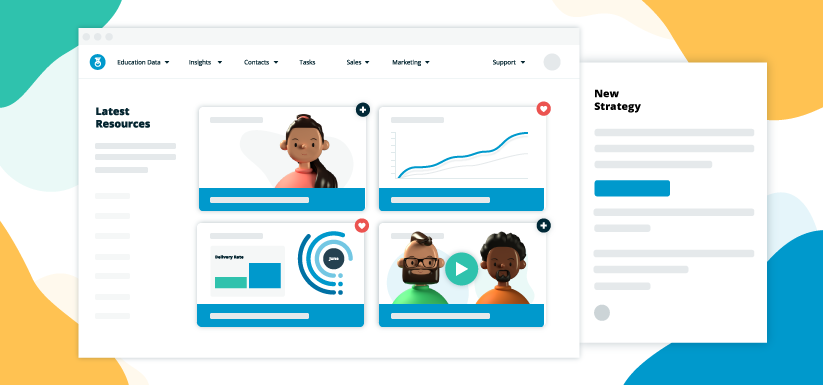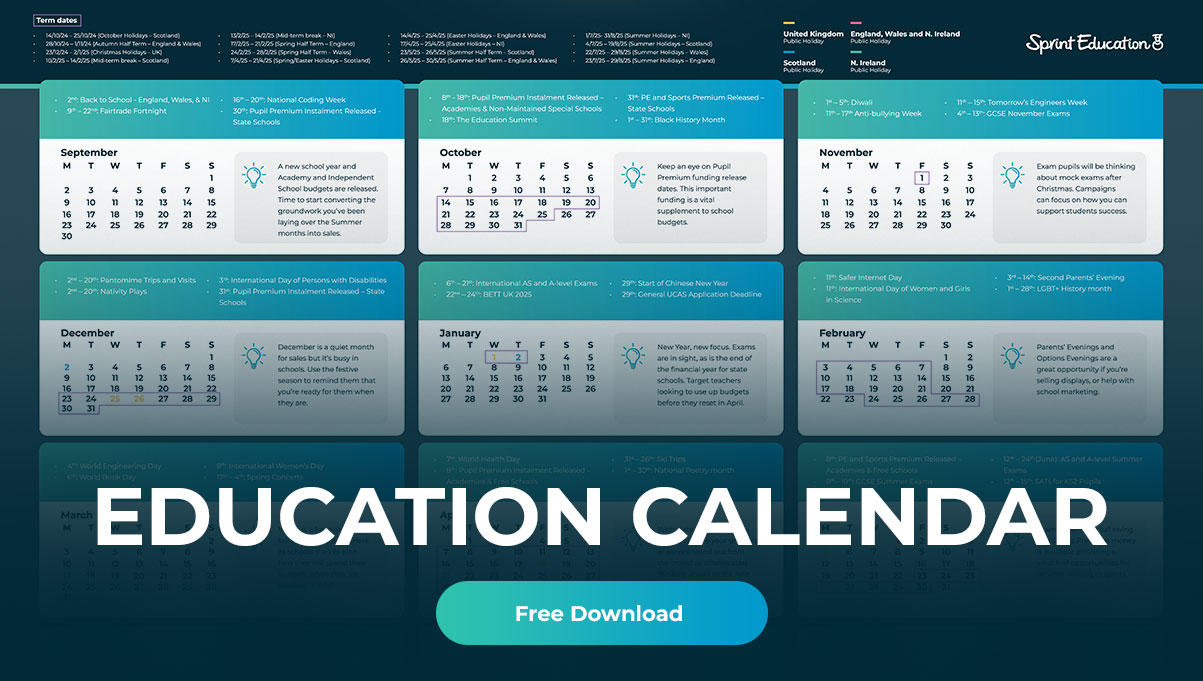How to Write Crisis Communications During COVID-19
How to Write Crisis Communications During COVID-19
Communicating with stakeholders during a crisis is vital to business continuity. Here's what you need to be thinking about when writing to your education audience.
Communicating with stakeholders during a crisis is vital to business continuity. Here's what you need to be thinking about when writing to your education audience.
Unfortunately, 2020 will be one for the history books.
For the first time, businesses the world over are all facing the same profound challenge.
Such cataclysmic events typically split time into two epochs. The way people of all nations conduct business will now be marked by pre and post COVID-19 practices.
One of the first things many businesses will have learned after the sudden impact of the coronavirus outbreak is how to communicate with their audience in the wake of, and during a crisis.
For many of you, this will be the first time you’ve needed to address your education audience in a crisis.
At the time of publishing, the coronavirus global pandemic is ongoing, so here’s a couple of tips on how to approach your email communications, specifically to teachers and schools.
What is crisis communication?
Crisis communications usually take place in response to an unexpected event that threatens to harm an individual or an organisation.
Most crisis communications intend to mitigate potential damage to the bottom line of the business, protect the reputation of an organisation or individual, and reassure all stakeholders that the situation is in hand.
Fortunately, in the face of the COVID-19 outbreak, we don’t need to concern ourselves with defending the reputation of our businesses from a direct attack. Instead, the way we communicate at this troubling juncture in time presents us with a chance to bolster and improve the reputation of your business.
In recent weeks, you will have received an email from just about every company whose mailing list you’ve subscribed to, explaining the impact of COVID-19 on their business, and their response to the crisis.
Think of this as your first status update. It doesn’t need to be long. Acknowledge, with empathy, the current situation and briefly outline your plan moving forward, leaving the necessary contact information for urgent questions or requests for information.
Consider these questions when writing your first email:
- What has been the impact on your business?
- How much information do you need to share with schools?
- How have you adapted to support schools during the crisis?
- Have you put in safety measures for customers and staff?
- Should your education audience expect further updates?
- How and when can your business be contacted?
Identify your audience
Think about the recipients of your crisis communications in the same detail you think about your target audience.
Where you would typically focus on converting prospects and moving teachers along the customer journey, you’ll now also be writing to concerned customers and interested stakeholders.
Consider where your stakeholders are and what they’re doing.
As businesses operating in the education sector, many of the subscribers and stakeholders on your mailing list are going to be teachers and school staff and are considered keyworkers.
Teachers, school staff, and workers in educational settings are providing vital care for the children of other key workers performing essential roles in the national effort to fight the COVID-19 outbreak.
Be sensitive and grateful with your messaging as your audience will be intimately familiar with the stories of those hardest hit by the virus.
For detailed insights into how COVID-19 has impacted email marketing to school, including how many schools are open and what’s happening with open rates, download our latest eBook for free here.
Create a crisis FAQs page
In the event of any crisis, your business will be fielding a lot of questions from customers at various points in the customer journey. Make a list of the most important and commonly asked questions and answers.
It may not be completely apparent at the beginning of the episode what information is going to be most frequently requested. As the situation evolves and your business adapts, new problems, issues, or questions will develop.
Hosting an FAQs page on your website that you can keep up to date with the latest developments and facts surrounding your business’s response to the crisis ensures you, your staff, and customers are all on the same page.
Share the link each time you email teachers and schools.
Emphasise help and guidance
Think about what would be helpful to your education audience.
You’ll have a much smoother transition returning to business as usual if your crisis communication puts the needs of schools, teachers, and pupils first, and your business interests second.
Making sales now is going to be difficult. By sharing what expertise and services you can for free, you’ll build strong relationships now and position your business to make substantial sales later.
Schools and teachers will remember that you went above and beyond to help care for and educate their children in their hour of greatest need.
Communicate concisely and with purpose
While we’ve discovered that teachers and school staff are receiving fewer emails, the emails they are receiving have a very similar theme. Don’t add to the clutter and chaos.
To get your message read, keep your language clear and concise. Your readers will appreciate it.
Any virus-related comms you send should be broadcast with purpose, meaning they should be relevant to your business and firmly within your area of expertise.
Let the NHS dole out the advice on how to wash your hands. That is not your wheelhouse.
Also, consider your tone.
Here at Sprint, we typically adopt a lighthearted tone in our communications, we like to have fun, and we don’t shy away from the odd joke or pun.
However, the consequences of this crisis are severe and far-reaching, so give your tone of voice consideration and decide what’s appropriate.
All of your comms don’t need to be COVID-19-centric but must be sensitive
Just because the coronavirus outbreak has had an impact on almost every aspect of our lives does not mean all of your communications should be COVID-19-centric.
It’s okay to take a break. Don’t inject unnecessary virus related news into your emails just because it’s the hot topic.
However, be aware and sensitive to the fact that the world is significantly different this week than it was last week. Tread lightly.
Do not capitalise on fear and anxiety. While this global pandemic may have presented you with a business opportunity, using it as a marketing opportunity is risky.
Be cautious. Using the virus as a theme for your marketing could be viewed as crude and insensitive. People will remember how your business reacts to this crisis for a long time, so protect your brand.
Talk to us about communicating with schools during a crisis
Schools are on the frontline of this crisis, and as a business focused on connecting teachers with education businesses, we can help you make your next move.
If you’d like to discuss how to communicate with schools and manage your marketing during the COVID-19 crisis, schedule a free strategy call with us.
Tags
Education Marketing
Marketing to Schools
Similar Articles

The Unstoppable Rise of MATs
Learn how Multi-Academy Trusts now dominate much of the education purchasing landscape - and why their incredible growth is good news for your edu-sales...


Say Hello to Edu-Marketing Confidence
Campus Resources is your pathway to becoming an expert in education marketing and selling to schools.


Expert marketing to schools support and solutions
Expert marketing to schools solutions
Email Head Teachers, Teachers, and Staff Inboxes
Email teachers and staff inboxes
Sell More to UK and Global Schools and Colleges
Sell more to schools and colleges

































